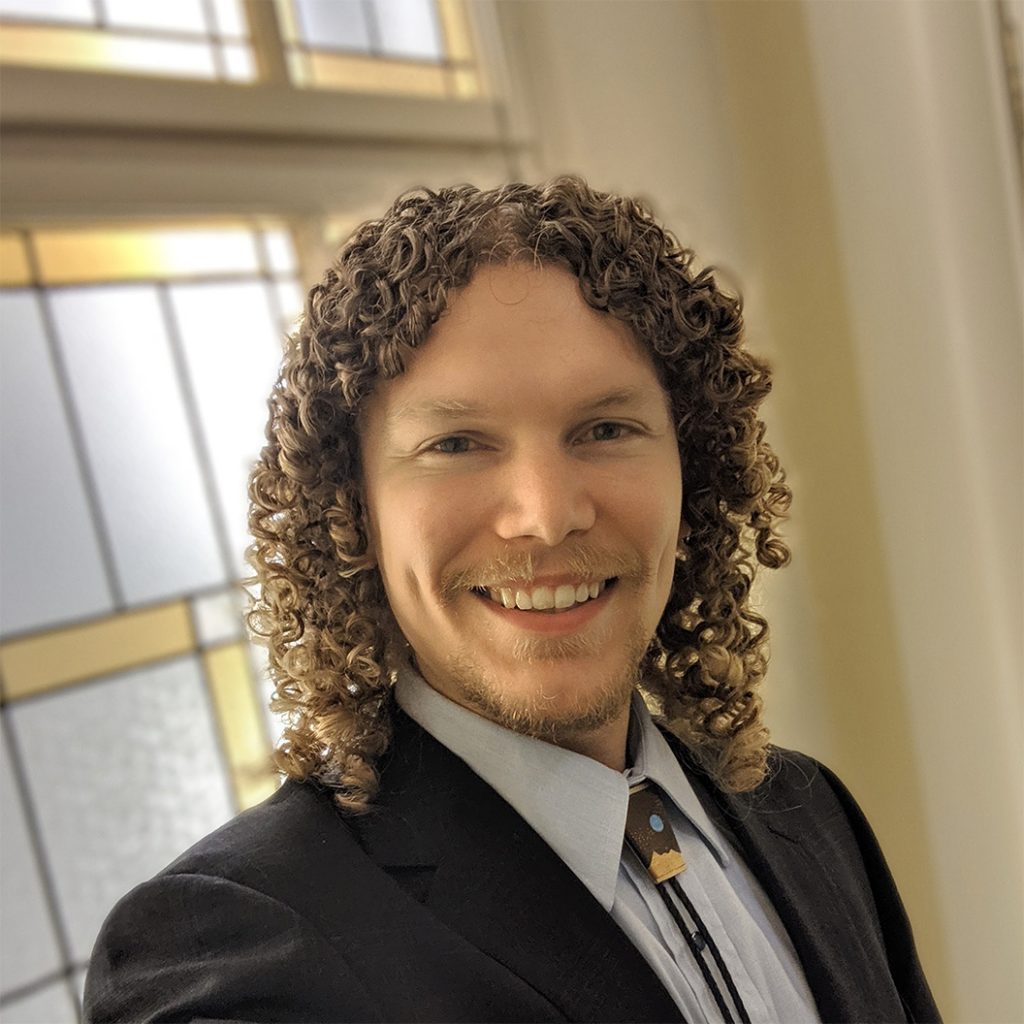Brian A. Young
Principal Member of Technical Staff, R&D S&E Geosciences Engineer

Principal Member of Technical Staff, R&D S&E Geosciences Engineer
Biography
Brian Young is an R&D geophysicist and a senior member of technical staff at Sandia National Laboratories, where he has worked for five years primarily on topics related to nuclear explosion monitoring. He holds a Ph.D. from the Center for Earthquake Research and Information at The University of Memphis. He is the lead for legacy data related to explosion monitoring at Sandia and is involved in recovering historical seismic data from U.S. underground nuclear tests performed as early as 1960. He is also the PI for the RSTT software, seismic lead for several explosion monitoring R&D projects, and participates in the biannual Working Group B meetings of the CTBTO as a DOE expert within the US delegation.
Education
| Ph.D | Earth Science | Center for Earthquake Research and Information (CERI) / University of Memphis | 2016 |
| M.S. | Earth Science – Geophysics concentration | Center for Earthquake Research and Information (CERI) / University of Memphis | 2016 |
| B.S. | Physics – Mathematics minor | Purdue University, IUPUI | 2010 |
| B.A. | Japanese Studies (Individualized Major) | Indiana University, IUPUI | 2010 |
Languages
English (native), Japanese (proficient), Chinese (basic)
Professional Society Memberships
Seismological Society of America
Selected Publications & Presentations
- Robey, R. E., B. A. Young, and M. D. Ingraham (2023). Characterization and response of TNT equivalent sources in subsurface explosions. Propellants, Explos. Pyrotech., in press.
- Poppeliers, C. and B. A. Young (2023). Evaluating the efficacy of inverting local-scale, high frequency seismograms for effective source mechanisms using various source assumptions. Presentation at the 2023 Annual Meeting of the Seismological Society of America, San Juan, PR, 17–20 April. SAND2023-02036C
- Poppeliers, C. and B. A. Young (2022). Seismic strain energy partitioning: estimating the strain energy of seismic body waves. Technical report, Sandia National Laboratories, SAND2022-5444. doi: 10.2172/1868421
- Babikoff, J., M. L. Begnaud, C. A. Rowe, B. A. Young, and S. C. Myers (2022). Seismic Tomographic Modeling of the Crust and Upper Mantle beneath Israel and the Middle East: Improved Resolution through Optimized Model Parameterization. Bull. Seismol. Soc. Am., 112(5). 2425–2439. doi: 10.1785/0120210324
- Young, B. A., M. L. Begnaud, and S. C. Myers (2022). Delivery of RSTT and related corrections to the IDC. Presentation at the 58th session of Working Group B, Comprehensive Nuclear-Test-Ban-Treaty Organization (CTBTO). Vienna, Austria, 21 February–4 March (Virtual)
- Begnaud, M. L., D. N. Anderson, S. C. Myers, B. A. Young, J. R. Hipp, D. Dodge, and W. S. Phillips (2021). Updates to the Regional Seismic Travel Time (RSTT) Model: 2. Path-dependent Travel-time Uncertainty. Pure Appl. Geophys., pp. 27. doi: 10.1007/s00024-021-02657-7
- Young, B. A. and R. E. Abbott (2020). Recovery and Calibration of Legacy Underground Nuclear Test Seismic Data from the Leo Brady Seismic Network. Seismol. Res. Lett., 91(3), pp. 1488–1499. doi: 10.1785/0220190341
- Begnaud, M. L., S. C. Myers, B. A. Young, J. R. Hipp, D. Dodge, and W. S. Phillips (2020). Updates to the Regional Seismic Travel Time (RSTT) Model: 1. Tomography. Pure Appl. Geophys., pp. 24. doi: 10.1007/s00024-020-02619-5
- Young, B. A. (2019). Importance of Legacy Data to National Security. Presentation at the workshop on Securing Legacy Seismic Data to Enable Future Discoveries, Computational Infrastructure for Geodynamics (CIG), Albuquerque, NM, 18–19 September.